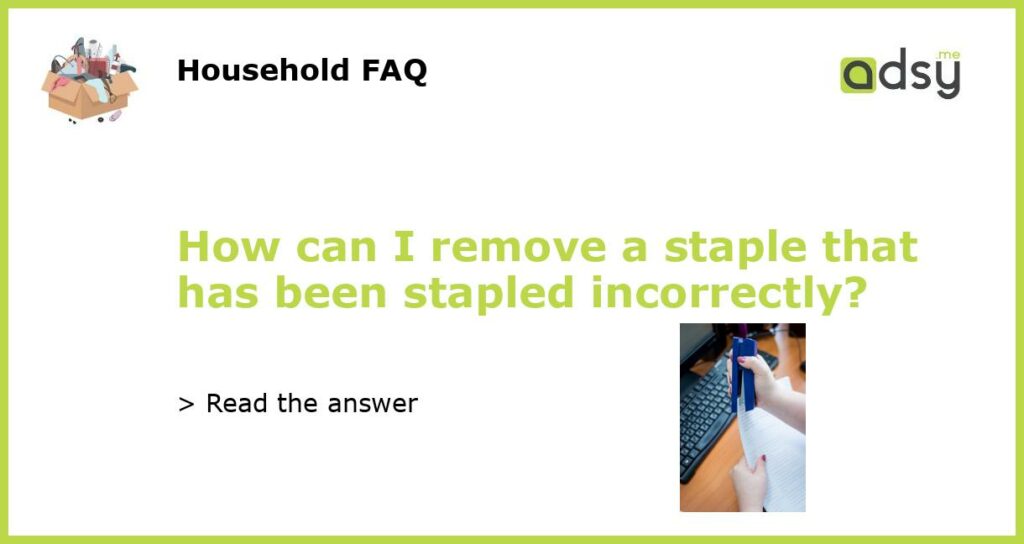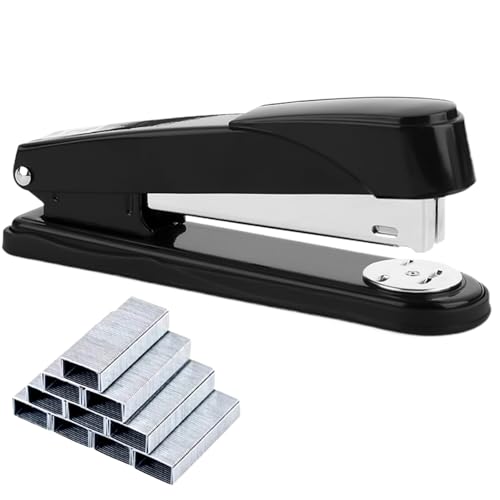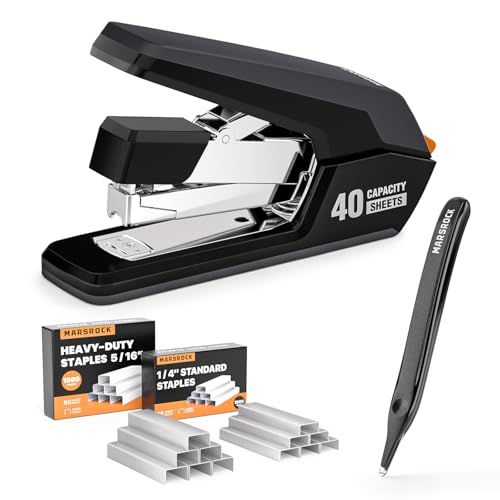Identifying and Assessing the Situation
Removing a staple that has been stapled incorrectly can be a frustrating experience. Whether it was a simple mistake or a result of faulty stapling equipment, there are several steps you can take to successfully remove the staple without causing damage.
Before attempting to remove the staple, it’s important to identify and assess the situation. Take a closer look at the staple and the surrounding material to determine the best approach.
Gather the Necessary Tools
Once you have assessed the situation, gather the necessary tools to facilitate the staple removal process. Some common tools that can be useful include:
- Small pliers or tweezers
- A flathead screwdriver
- A staple remover tool
- A small pair of scissors or wire cutters
- A piece of cardboard or scrap paper
Having these tools on hand will make it easier to remove the staple and minimize the risk of damaging the material.
Removing the Staple
Now that you have identified the situation and gathered the necessary tools, it’s time to remove the staple. The specific method will depend on the type of staple and the material it has been stapled into.
If it is a standard flat crown staple, you can try using small pliers or tweezers to grip and pull out the staple. Gently but firmly grasp the staple and pull it out in the direction opposite to how it was initially inserted. Take care not to tear or damage the material.
If the staple is deeply embedded or has been crimped down, you may need to use a flathead screwdriver to pry it out. Gently insert the screwdriver under the staple and apply upward pressure to lift it out of the material.
Dealing with Damaged Staples
In some cases, attempting to remove a staple that has been stapled incorrectly may result in the staple becoming damaged or broken. If this happens, don’t panic. There are still ways to remove the staple without causing further damage.
If the staple is partially sticking out, you can use a small pair of scissors or wire cutters to cut off the exposed portion. This will make it easier to access and remove the remaining portion of the staple.
Another option is to use a staple remover tool specifically designed for removing staples. These tools have a forked end that can be inserted under the staple to provide leverage and facilitate removal. Simply insert the forked end under the staple and press down on the handle to lift it out.
Filling and Patching
After successfully removing the staple, you may be left with small holes or damage in the material. To restore the appearance and integrity of the material, you can fill and patch the holes.
If the material is fabric, you can use a needle and thread to sew up any small holes left behind. Match the thread color as closely as possible to ensure a seamless repair.
For paper or cardboard, you can use a small piece of cardboard or scrap paper to patch the holes. Cut a piece slightly larger than the hole and glue it over the damaged area using a small amount of adhesive.
Once the holes have been filled and patched, allow the material to dry or set according to the manufacturer’s instructions.
Removing a staple that has been stapled incorrectly can be a delicate process, but with patience and the right tools, it can be accomplished without causing further damage. By identifying and assessing the situation, gathering the necessary tools, and using the appropriate method, you can successfully remove the staple and restore the material to its original condition.






